Sirrus case of déjà vu: the new Specialized Sirrus breaks all the rules... but haven't we been here before?
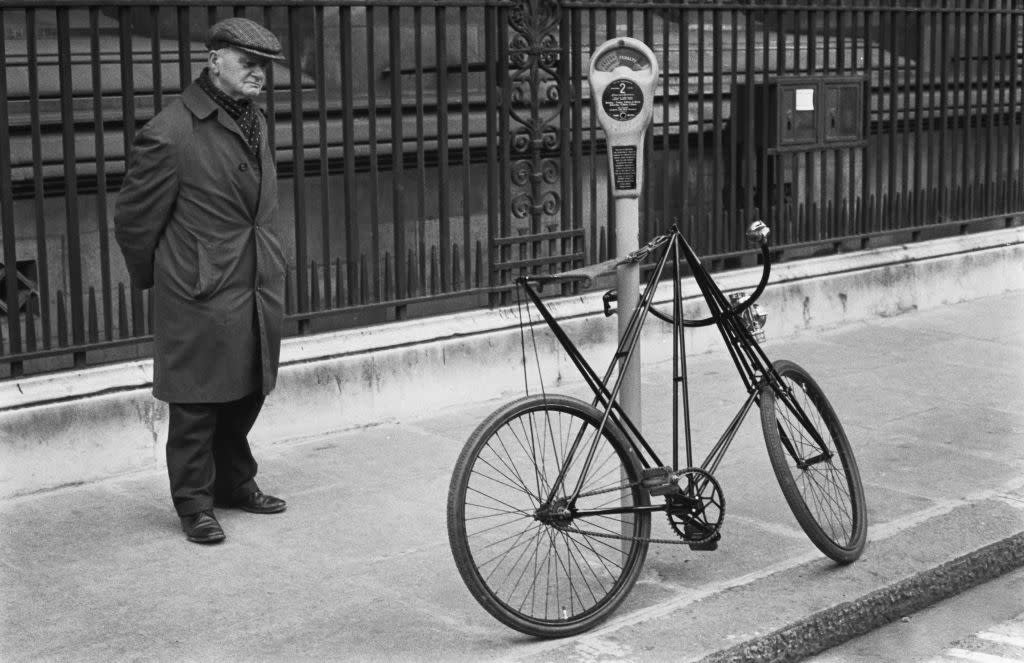
Is the radical new Specialized Sirrus Carbon, which has a hole - officially a 'compliance junction' - where the lower part of the seat tube should be, about to usher in a new era of imaginative, creative bike design? Has it finally released us from the bonds of the traditional diamond frame? In a word, no.
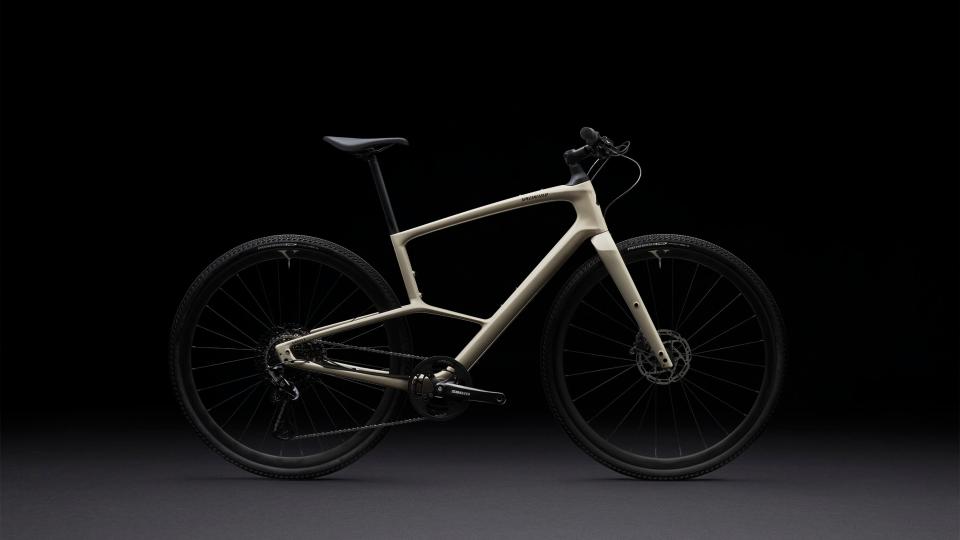
Of course, we admire Specialized's ambition and willingness to innovate, but there have been many brave attempts to break out of the 138-year-old template of JK Starley’s Rover Safety Bicycle, not to mention the triangular gospel according to the late American bike tech guru Sheldon Brown (“the diamond frame is one of most nearly perfect pieces of design known”). Most recently we've also had the UCI’s Lugano Charter, which “has the objective of preserving the culture and image of the bicycle as an historical fact.”
Is it surprising that we always end up back at the two triangles?
Let’s have a look at some of the bikes that have tried to escape from three-cornered tyranny but – usually heroically – failed.
Dursley Pedersen

Mikael Pedersen was a Dane who unleashed his invention from the sleepy town of Dursley in Gloucestershire in 1894.
Pedersen actually introduced even more triangles, many more tubes and a perineum-punishing hammock seat that goes against everything Specialized’s Body Geometry has since taught us. The design was inspired by cantilever bridge engineering. Victorians loved bridges.
Pedersen wasn’t the first with a ‘cross frame’ - which commonly featured a single tube linking the head tube and the rear axle. There were others, mostly in the Netherlands, but his was the one that initially caught on in cycling-mad Britain.
However, competition was tough, Pedersen’s hub gear was said to be unreliable compared to the Sturmey-Archer rival, and sales were not as expected. The company stuttered on, was sold in 1905 and again in 1917 and the cycling world moved on - or backwards depending on your point of view.
Baines Flying Gate

But let’s time travel forward to 1930s Yorkshire, where a fresh assault on the safety bicycle was taking shape.
W&R Baines of Bradford (Bill and Reg) devised a frame with a vertical seat tube that joined the top tube much further forward. They added a second section of seat tube further back, supported by a second set of seatstays. The strutted frame brought the rear wheel much closer to the bottom bracket and gave a stiffer and more responsive rear triangle and a very short wheelbase of 94cm.
A ‘Flying Gate’ (not its actual name, rather an observation that stuck) won the Isle of Man massed start race in 1937 and was ridden in the World Championships in 1938.
Post-war the cycling world had moved on (well, backwards again) and Flying Gate production ceased in 1954. However it restarted in 1979 under Trevor Jarvis, and Flying Gates are now built to order by TJ Cycles.
Paris Galibier
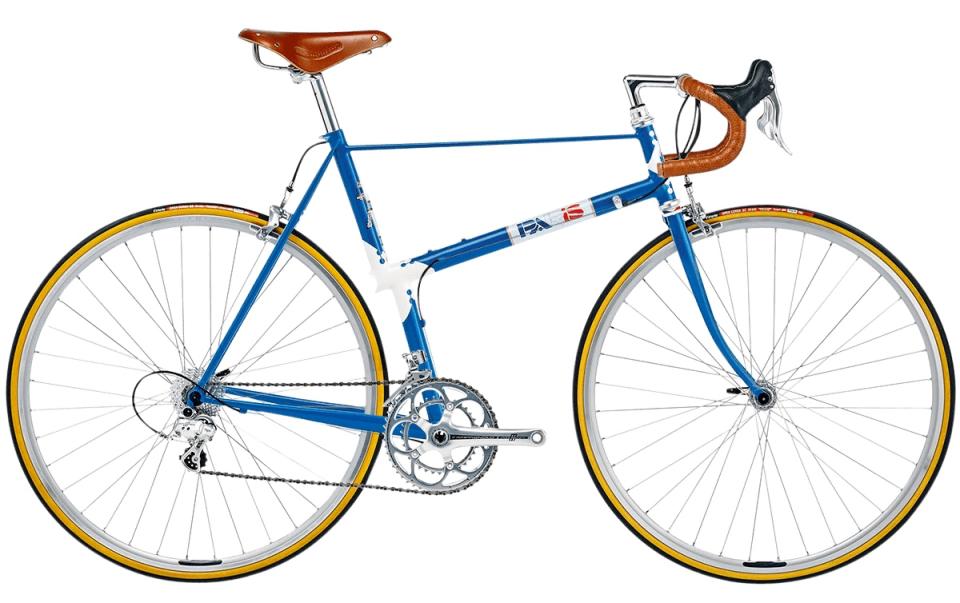
The Paris Galibier was London’s answer to Bradford’s Flying Gate. Framebuilder Harry Rensch - who was allegedly concerned that the German sound of his own name might put customers off - launched the exotic sounding and looking bike from his Stoke Newington workshop in 1947.
“The object of this superior design, which incorporates larger dimension tubes, is to produce a higher resistance in the transverse direction, thereby resulting in a more efficient drive which uses to advantage every ounce of the cyclist's effort,” read the Paris Galibier catalogue’s blurb.
The cantilevered seat tube configuration was also supposed to “allow it to flex in such a manner that the shocks received on the wheels are efficiently damped and this improves the holding of the road at racing speeds.”
Stiff but comfortable, in other words. Not dissimilar to what Specialized says about the Sirrus's design, which creates “just the right amount of flex across the carbon frame without sacrificing performance and efficiency”.
Although ahead of its time, admired and revered - its intricate bi-laminates were particularly pretty - the Galibier never hit the heights but, like the Flying Gate, never completely disappeared and is now made by London bike store Condor Cycles. If you’re a size 49cm you’re in luck – there’s one in your size in stock.
Kirk Precision
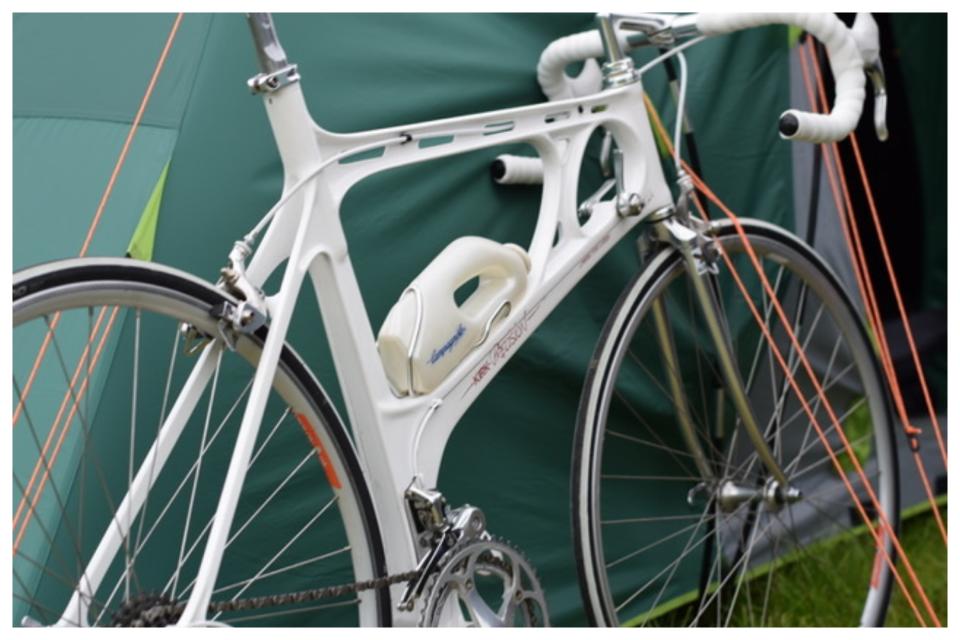
British engineer Frank Kirk in 1987 unveiled a revolutionary bike that not only dispensed with the trusty twin triangles but it wasn’t even made from tubing and didn’t need to be joined by lugs or welds.
The Kirk Precision was made from cast magnesium and was “designed with the aid of a very sophisticated computer” according to the catalogue. The huge Eighties computer produced “mathematical models to analyse the criteria of production, stress, ride performance and styling to match the most sophisticated conventionally built frame.
The Kirk’s girder-like looks were futuristic - perfect for Blue Peter and Tomorrow’s World - and magnesium is light, strong and plentiful. A cubic metre of seawater contains 1.3kg of magnesium, Kirk said.
Dutch pro team TVM even rode them. But carbon was coming…
Lotus 108
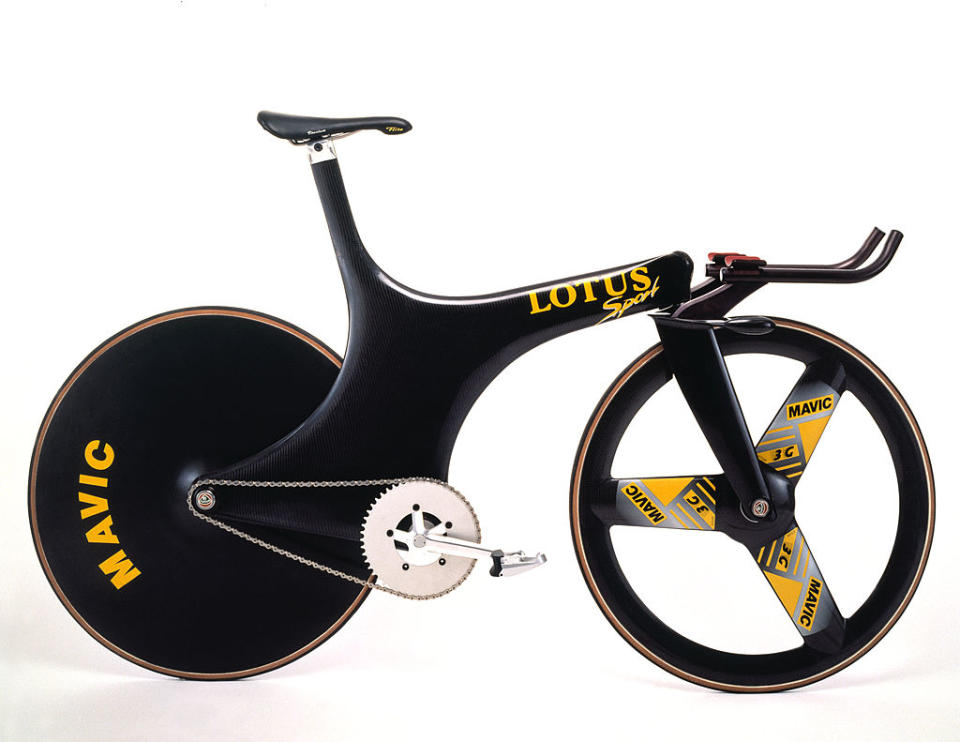
This is the most familiar story. Struggling prestige sports car brand acquires basic prototype from maverick inventor, advances and refines the design, sprinkles F1 stardust on it then wins the gold medal in the individual pursuit at the 1992 Barcelona Olympics. Oh yes, and a bloke called Chris Boardman ‘piloted’ it according to the media reports of the time.
The spaceship-like superbike opened the floodgates. There were multiple copycat versions and variations including the Pinarello Espada, the Hotta TT700, the Giant MCR, the Corima Fox, the BP Stealth… even Dimitris Katsanis, the future designer of Team GB’s all-conquering but sensibly diamond-framed track bike launched his Metron bike.
Softride
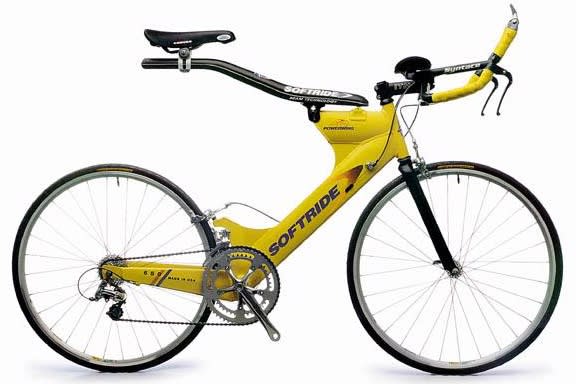
In parallel with the carbon monocoques, suspension ‘beam bikes’ like the Softride were taking off in triathlon and time trialling. The Softride was first unveiled in 1989, with a revolutionary, strange-looking but said to be aerodynamic system of suspension. The triangles were gone and the rider perched at the end of a beam that flexed. Weird, but a Softride won the Kona Ironman World Championships in 1994.
Zipp joined the party with the 2001 and 3001.
The UCI’s Lugano Charter, which came into force in 2000, killed off beam bikes as well as monocoques. Although technically triathlons weren’t subject to UCI rules and regulations, the bike brands concentrated resources on UCI-legal frames with a few exceptions such as the extremely expensive Cervelo PX series, launched in 2016, which is still available along with some other specialist triathlon bikes from niche brands such as Reap, while Giant's sister brand Cadex has a super-expensive non-UCI tri bike.
But a graphic of concept bike very like the Softride features on the UCI's website as an example - and a lesson, no doubt - of how not to design a UCI-legal bike
UCI's Lugano Charter
In the 1990s everyone had to have a futuristic carbon bike. And it’s true they were faster than the now dated-looking steel or aluminium frames that directly predated them.
For bike designers carbon-fibre gave them an opportunity to create smooth, aerodynamic, efficient shapes. But from the UCI’s point of view it was a wild west situation out of control.
We all know how the story ends. If you look at the UCI’s technical regulations now, you’ll see that the current frame rule “results from the Lugano Charter and has the objective of preserving the culture and image of the bicycle as an historical fact. Among other things, it prevents the use of ‘girder’ frames and bicycles with extravagant shapes that do not represent bicycles as understood by the UCI and which would change the existing disciplines.”
The rule itself decrees that: “For road, track, and for cyclo-cross competitions, the frame of the bicycle shall be of a traditional pattern, i.e. built around a main triangle.”
Furthermore, “the triangular shape is defined from a design using 80 mm-wide boxes for each tube. In order to comply with this rule, the nominal rear wheel axle must be located within the seat stay and chain stay boxes. The bottom bracket axle must be located inside the chain stay, seat tube and down tube boxes.”
So you might legitimately argue that the UCI’s rules don’t apply to the Specialized Sirrus since it’s a flat-bar commuter bike. It’s not designed to win Paris-Roubaix. Those experimental bikes are another story. But with many brands still focusing their R&D on UCI-legal WorldTour race bikes and others perhaps not wishing to risk an unconventional design that might flop either aesthetically or technically, the diamond frame is likely to reign supreme for decades to come. We’ll watch the Sirius's progress with interest.

